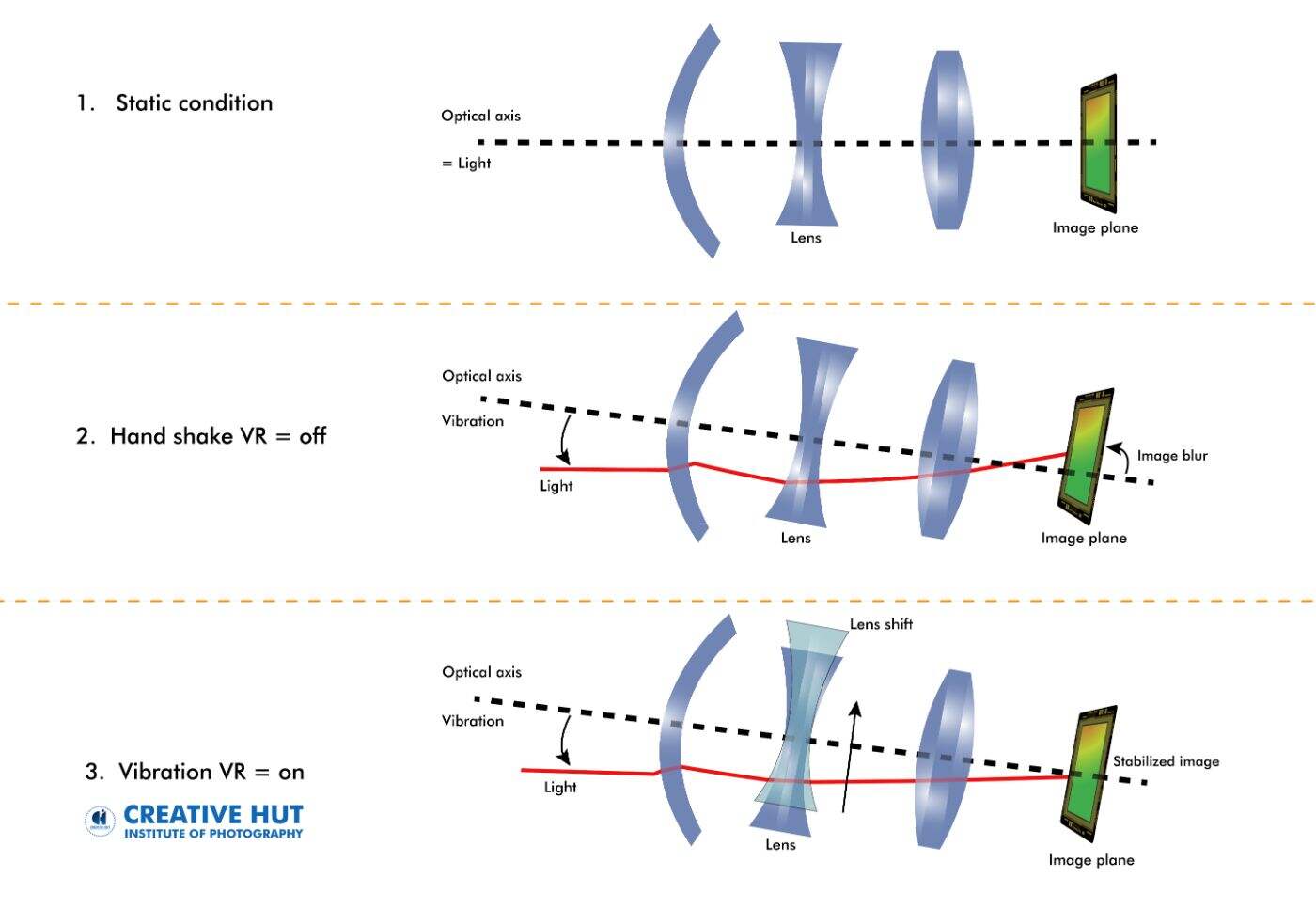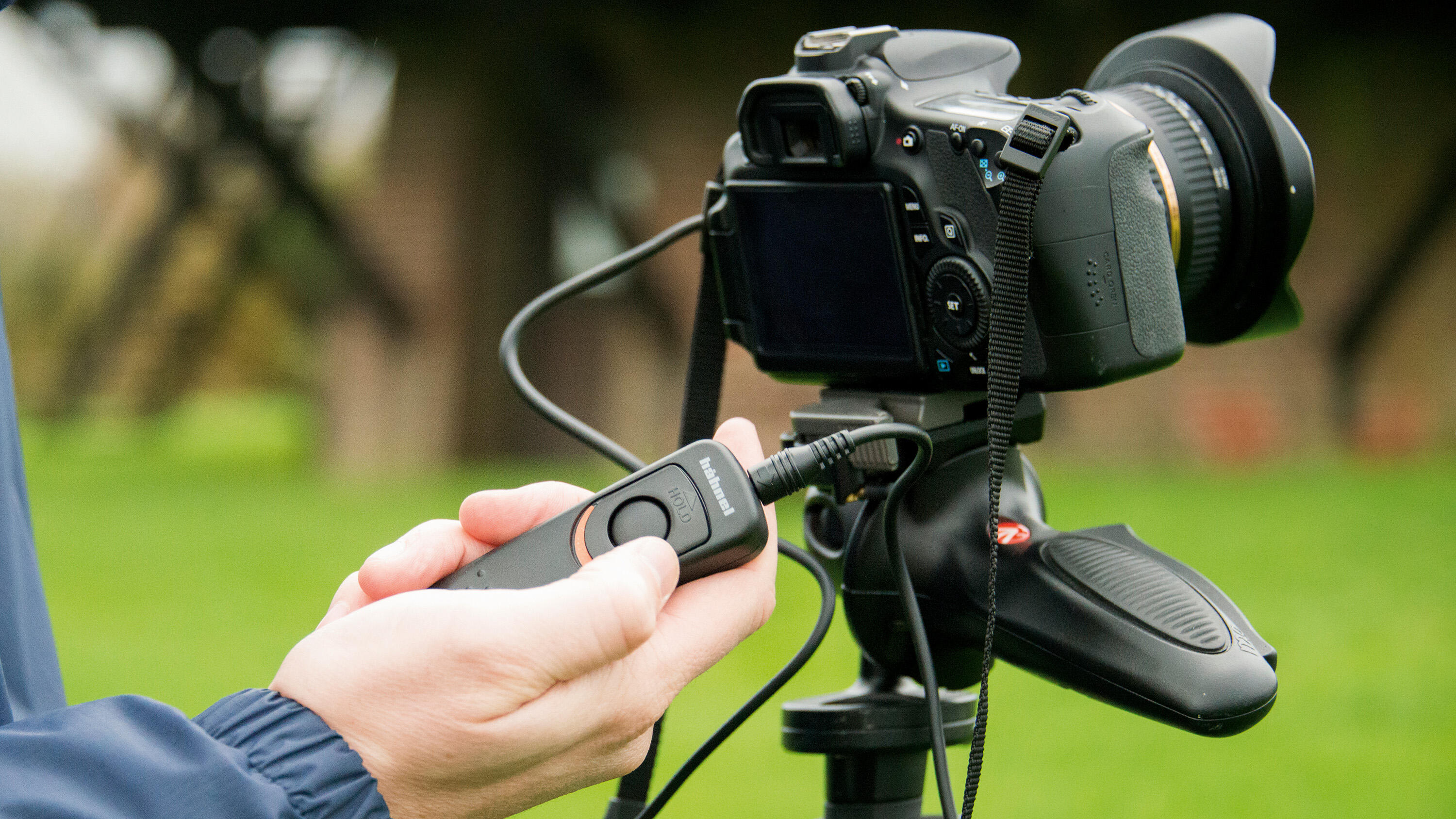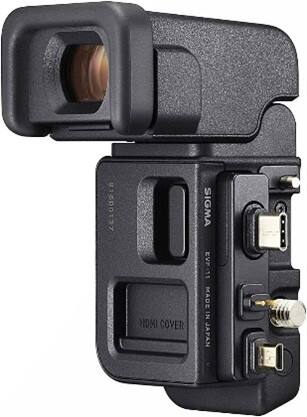Rhywbeth Dylech Gwybod am Maent Llygaid
Mae archwilio Celf a Gwyddoniaeth Ffotograffiaeth yn aml yn ein rhyfeddu gyda deniad gweledol camerâu a thechnoleg optegol uwch. Fodd bynnag, mae'r cyd-fynd yn bwysig yw'r cydrannau mecanyddol ac electronig cymhleth a chymhleth sydd yn y camera, a gafwyd eu hamddifadu yn aml. Yn benodol, mae magnetiaid, a ddefnyddir yn gyffredin mewn gwahanol ddyfeisiau diwydiannol a bob dydd, yn chwarae rhan hanfodol mewn perfformiad camerâu. Bydd yr erthygl hon yn archwilio'r defnydd o magnet yn y camerâu, gan gynnwys eu dibenion, egwyddorion gweithio, ac enghreifftiau ymarferol, gan ddarparu dealltwriaeth gynhwysfawr.
Y Rôl Amrywog o Magneciau mewn Gweithgareddau'r Camera
Codi'r System Ffocws Autoddyfarn (AF): Mae system ffokus awtomatig y camera yn cael ei reoli gan ddefnyddio maes magnetig magnet. Yn syml, trwy newid y cornel sy'n pasio trwy'r coils, mae'r maes magnetig a gynhyrchir gan y magnetiaid hefyd yn newid, sy'n gyrru'r cydrannau mecanyddol o'r system ffokus awtomatig, gan ganiatáu i'r lens symud a chynnwys. Mae angen i'r broses hon fod nid yn unig yn gyflym ond hefyd yn gywir, gyda ansawdd y magnetiau a dylunio'r system reoli yn arbennig o hanfodol yma.

Pylwr sefydlydd delwedd (IS/VR): Mae magnetiaid hefyd yn cael eu defnyddio yn y system sefydlogrwydd delwedd optigol o'r camerâu. Pan fydd symudiad y camera neu'r ffotograffydd yn achosi diffyg y llun, gall y sefydlydd delwedd addasu sefyllfa'r lens neu'r synhwyrydd yn awtomatig i wrthsefyll y symudiad hwn. Mae magnetiaid yn chwarae rhan wrth addasu'r cydrannau mecanyddol bach sydd angen symud yn union yma, gan sicrhau bod y lluniau neu fideo a gaflwyd yn glir ac yn sefydlog.

(Llun gan: Creative Hut)
Rheoli'r Shutter: Gall y mecanwaith shutter yn y camera ddefnyddio magnet i reoli agor a chau'r shutter, gan sicrhau amser amlygu cywir a golygfa golygfa pan fydd yn dal gwrthrychau sy'n symud yn gyflym.

Mae'r ffeiliau hyn yn cael eu defnyddio ar gyfer y broses o ddatrys. Mewn rhai darlledwyr electronig, gellir defnyddio magnet i reoli'r elfennau arddangos y tu mewn i'r darlledwr, gan sicrhau gliredd a sefydlogrwydd y ddelwedd.

Canfod Trawf Lens: Mae rhai systemau camera'n defnyddio magnet i ganfod a yw lensys cydnaws wedi'u gosod ac yn addasu gosodiadau'r camera yn awtomatig yn seiliedig ar wybodaeth lensys.

Felly sut mae'r magnet yn edrych y tu mewn i'r camera? pa ddeunydd a faint yw?
Mae magnedau NdFeB fel arfer yn dod mewn gwahanol siâp, megis cylindrig, sgwâr, cylch, ac ati, yn ogystal â gwahanol feintiau, gan gynnwys diamedr, trwch, hyd, ac ati. Mewn camerâu, mae siâp a maint y magnedau hyn yn dibynnu ar eu gofynion cymhwyso
Er enghraifft, mewn system ffokus awtomatig camera, mae magnetiau boron haearn neodymiwm bach ond pwerus yn aml yn cael eu defnyddio i gyrru symudiad y lens ffocws. Gall y magnetiau hyn fod mewn siâp cylindrig neu chwarterol ac yn llai o faint i ffitio mewn mannau cyfyngedig.
Mewn sefydlwyr delwedd, gall magnet NdFeB gael maint mwy a siâp mwy cymhleth i gyflawni addasiad sefyllfa cywir a rheolaeth sefydlogrwydd. Gallant gael ffurf annil neu gyfansoddedig i fodloni anghenion strwythurol a swyddogaethol y system sefydlwyr delwedd.
Deall Sut mae Magneciau'n Gweithio yn y Gweithred
Mae defnyddio magnet yn y camerâu yn dibynnu'n bennaf ar egwyddorion electromagneteg. Mae hyn yn cynnwys dau gysyniad ffiseg hanfodol: ymgorffori electromagnetig a grym Lorentz.
Egwyddor Cyffro Electromagnetig: Pan fydd corn trydanol yn llifo trwy arweinydd, mae'n cynhyrchu maes magnetol o amgylch y arweinydd. Mewn camerâu, defnyddir y egwyddor hon i reoleiddio cryfder ac oriëntio'r maes magnetig a grëir gan magnetiaid. Gellir cyflawni hyn trwy newid y cornel sy'n pasio trwy coils, gan reoli'r cydrannau mecanyddol o'r systemau ffokus awtomatig a sefydlogrwydd lens.
Fforsau Lorentz: Mae grym Lorentz yn cyfeirio at y grym sy'n gweithredu ar gronynnau wedi'u llwytho mewn ymateb i feysydd electromagnetig. O fewn system sefydlogrwydd delwedd y camera, defnyddir y grym Lorentz i addasu sefyllfa'r lens neu'r synhwyrydd yn union. Mae'r addasiad hwn yn gwrthsefyll unrhyw symudiadau a achosir gan ysgwyd llaw neu ffactorau eraill sy'n cyfrannu.
Astudiaeth achos: Rôl Magneciau mewn Gwella Perfformiad y Camera
Gadewch i ni ystyried y model diweddaraf gan frand camera amlwg fel astudiaeth achos a darganfod sut mae'r integreiddio magnet yn cyfrannu at berfformiad eithriadol ei system ffokus awtomatig a'i system sefydlogrwydd delwedd optig.
System Ffocws Autoddyfarnu: Mae'r camera hon yn defnyddio magnetoedd bach, perfformiad uchel a rheolaeth gywir ar y cyflwr i gyflawni ffokus awtomatig cyflym a pherffaith. Mae'n rhagori mewn olrhain gwrthrychau sy'n symud yn gyflym ac yn gweithredu mewn amodau goleuni isel, gan sicrhau addasiadau ffocws cyflym a dal delweddau clir.
System sefydlogrwydd delwedd optig: Drwy ddefnyddio magnedi sy'n cael eu rheoli'n ofalus, mae'r system hon yn addasu sefyllfa'r lens yn ddinamig yn ystod saethu, gan leihau diffyg y llun yn effeithiol oherwydd symudiad llaw. Mae'r swyddogaeth hon yn arbennig o hanfodol ar gyfer ffotografio gyda lensys ffokus hir neu mewn lleoliadau goleuni isel.
os ydych chi'n chwilio am magnet camera? Nid oes angen i edrych yn fwy na AIM Magnet! Gyda 18 mlynedd o brofiad o weithredu magnet, rydym yn cynnal y safonau ansawdd uchaf yn y diwydiant. Mae ein harbenigedd yn sicrhau y byddwch yn cael magnetiau wedi'u haddasu i'ch anghenion union. Yn ogystal, gyda'n cyfleusterau cynhyrchu ymroddedig, gallwn addasu siawns a meintiau i gyd-fynd â'ch manylion. Ymddiried yn AIM Magnet am magnetiau dibynadwy, o ansawdd uchaf ar gyfer eich anghenion camera!
Casgliad
Er gwaethaf eu maint, mae magnetiaid yn bwysig iawn mewn technoleg camera modern. Trwy eu defnydd gwyddonol, mae magnetiaid yn gwella hyblygrwydd a ansawdd delwedd ffotograffiaeth y camera, gan gyfrannu at swyddogaethau fel ffokus awtomatig a sefydlogrwydd delwedd. Wrth i dechnoleg barhau i ddatblygu, rydym yn rhagweld ehangach ymhellach yn y defnydd o magnetiaid ac electromagneteg mewn dylunio camera, sy'n addo syndod a chyfleusterau ychwanegol.




